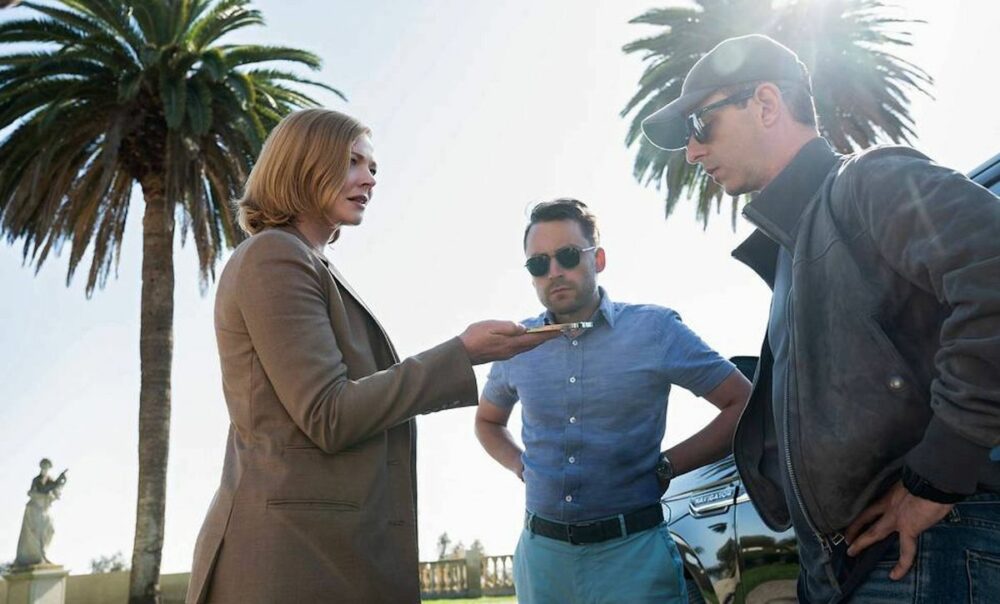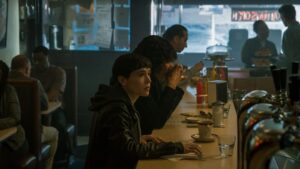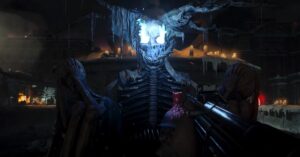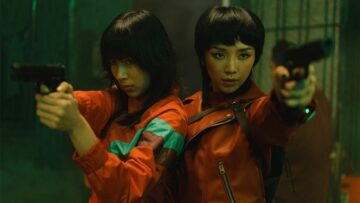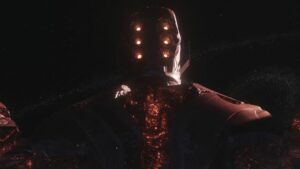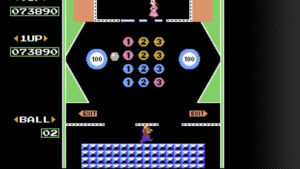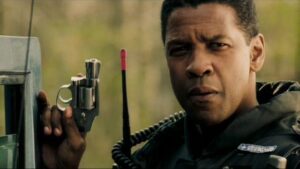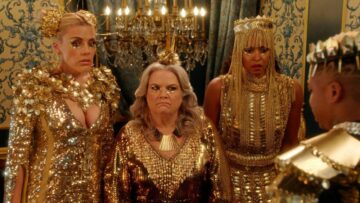From its very earliest moments, Succession threatened to be the story of how one excessively egotistic son — with far less talent, acumen, and venom than his father — might one day take over a media empire and grow into the role or be swallowed by it. It felt like a too-obvious metaphor for the Murdoch family, and obsessed with drawing real-world parallels wherever it could. That version of Succession, however, has seemed like a bait-and-switch ever since the first season’s finale, when it became clear that Logan would continue to wield power both in the world and in the family for at least a few more years — and that Kendall (Jeremy Strong) could never really be out from his father’s shadow.
What replaced it was a far superior ensemble show about a deeply fucked-up family trying to survive each other without ever stumbling from their positions far atop a world that doesn’t look much like ours at all. But with the death of patriarch Logan Roy (Brian Cox) finally coming to pass, Succession’s fourth season went back to where it all began: the exact same dynamics it started with.
In the end, Succession leaned into the innate tragedy of its siblings. Shiv (Sarah Snook) votes for the GoJo deal, shoring up her own relationship to power and leaving Kendall and Roman (Kieran Culkin) on the outs. It’s a move that feels calculating and winning and completely at odds with the sibling bonding we’ve seen before this season. But the show’s writers decided that the Roy siblings’ divides would always conquer them in the end. And this deal is the final revenge of their father: an event that would forever splinter their relationship. But Logan, and his successor, was not always all Succession was.
From the moment that Logan died, Succession’s second and third seasons felt like they stopped mattering. All of the sibling bonding, fighting, tempering, and backstabbing that happened over those two years flew out the window in favor of the old dynamics that the show introduced us to in season 1.
Shiv is constantly seeking to place herself in the closest possible proximity to power without ever really wielding it herself, eternally just a few steps to the side of the people who mattered most, just where her dad always put her. Tom (Matthew Macfadyen) is power-hungry and more than willing to debase himself entirely to raise himself from his humble roots, and completely unable to separate his love for Siobhan from the power her family and name affords him. Roman is the fuckup who wants desperately to be his father in terms of power and position without the competence, grit, or patience to see things through, and the only thing that gets left behind is a void, a nothingness he can’t help but stare into. Then there’s Kendall, forever the child groomed from adolescence for greatness and always missing the votes of confidence from the people who mean the most to him — and no idea how to see reality or life beyond that fact.
None of this is to say that these ideas are wrong, or bad, or even uninteresting; they just aren’t the ideas that the show’s spent the last two years trying to communicate to viewers. Since season 2, Succession has suggested that Logan and WayStar may not actually be the end-all-be-all monolith of media Logan and his flunkies like to frame them as. With technology on the rise, from streaming to startups, Logan’s way of business was made to seem antiquated and the show’s driving interest came from watching three (sometimes four) siblings try to escape from the wake created by their father’s business in its death throes. There were glimpses of what their dynamic could be like without him: goofing around on a yacht, or tending to each other during small scenes at big weddings. All while Cox’s seismic performance created an inescapable field of gravity that kept pulling each Roy back for their own reasons.
[embedded content]
But with Logan gone, the show itself seemed to get caught in the black hole he left behind. Instead of escaping, everyone became desperate to fill the power vacuum, exactly like they were when it seemed like Logan was on his deathbed in season 1, with not a single lesson learned in the meantime.
Now, it’s true that the Roy children don’t often seem like the lesson-learning types (after all, Logan certainly didn’t raise them to be), but character stagnation doesn’t make for good TV, especially if the show around those characters doesn’t really support their lack of growth.
By the end of season 3, Roman and Shiv had both turned into competent business people with hard-won faith in each other and their brother after the familial civil war. By a few episodes into the fourth-season, however, they had both reverted into their season 1 selves: Roman was impulsive and flighty, firing people at-will then changing his mind a moment later. Far from the independent streak she’s had in the last two seasons, Shiv goes from finally feeling like she might deserve power to backing Mattson and doing anything to bask in the glow of authority. Even Kendall, who seemed to spend two straight seasons learning he wasn’t his father and he didn’t have to be, spends season 4 flitting between being the can-do, Jay-Z-blasting almost-CEO he starts the series as and the petulant child who thinks he’s his father’s business acumen is his birthright.
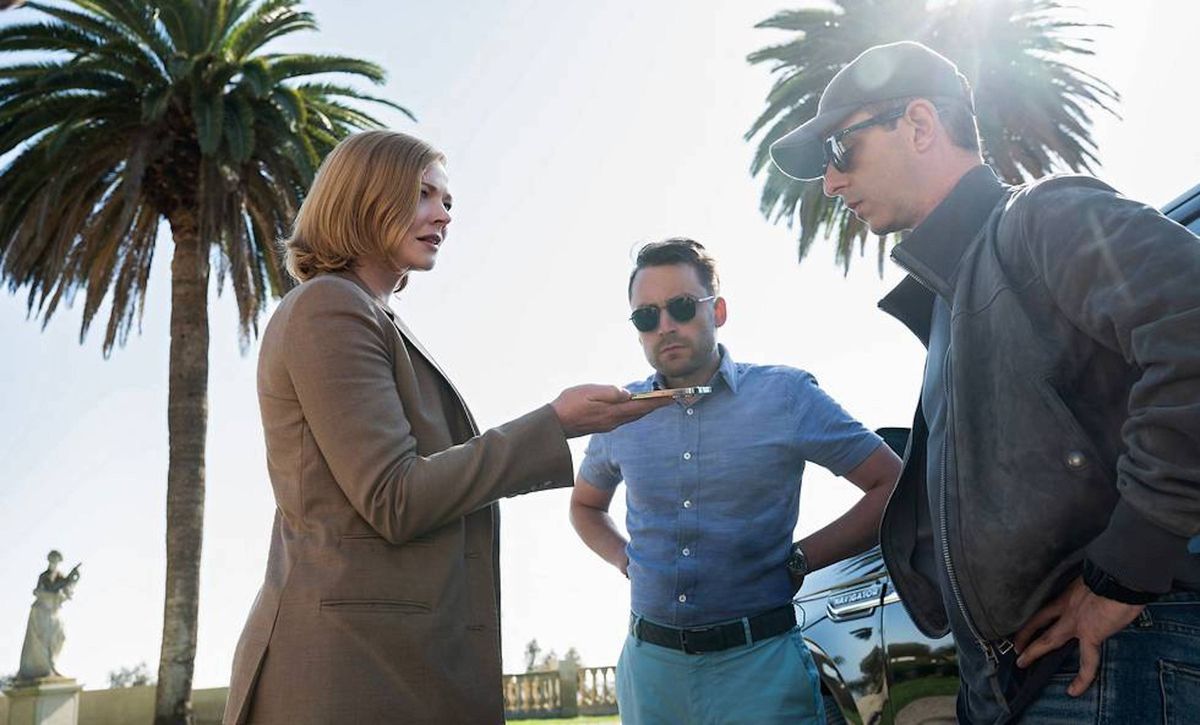
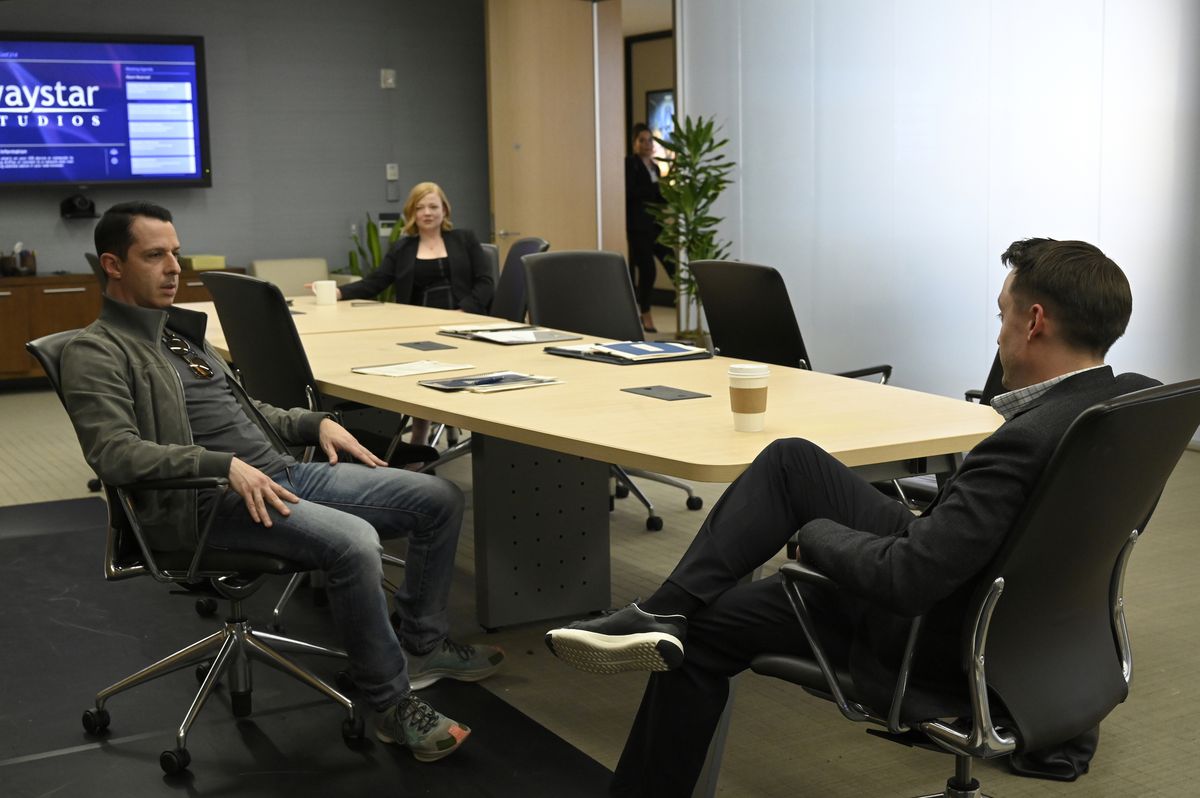
There’s a case to be made that the reason for this regression is that the version of these kids we saw in the early episodes of season 1 is the most true version of them: When the cards were on the table and dad was dying, their true selves came out. The issue with that is that it isn’t the most interesting version of any of the Roy kids, and the series seemed to learn that the hard way as it progressed toward a killer ending to season 1 and stronger second and third seasons.
Seeing the Roy siblings find ways to work with each other and discover that the three of them were the only solid ground in each other’s lives over the course of seasons 2 and 3 was the glue that held together the corporate jargon, profanity-laced babble, and topsy-turvy fantasy world that Succession had built so successfully. But season 4 reverts the siblings to their most squabbling and power-hungry versions. Theirs may be a tragedy from the start, but the nature of their tragic connection felt like it had moved somewhere more real and more gutting than who got the company at the end of the day.
At its core, Succession is and has always been the show it told us it was: a story of who got to control a media empire when the legendary giant who built it finally died. In other words, it was a show about winning a job. And for that story, this ending was great; WayStar Royco is nothing now but a throne to be sat on in name only. It’s a bloated media empire, controlled by a mildly interested billionaire who wants a puppet who the whole world can see the strings on. But for Tom, the ultimate winner, the shininess of the crown distracts from the strings enough for it not to matter. The shame is that the best version of the show was the one that remembered how little this job mattered. At least for two seasons, Succession managed to be something more than just big business.
- SEO Powered Content & PR Distribution. Get Amplified Today.
- PlatoAiStream. Web3 Data Intelligence. Knowledge Amplified. Access Here.
- Minting the Future w Adryenn Ashley. Access Here.
- Buy and Sell Shares in PRE-IPO Companies with PREIPO®. Access Here.
- Source: https://www.polygon.com/23739306/succession-season-4-finale-review-series
- 1
- a
- About
- actually
- after
- All
- always
- an
- and
- any
- Anything
- ARE
- around
- as
- At
- Authority
- back
- background
- bad
- BE
- became
- been
- before
- began
- behind
- being
- BEST
- between
- beyond
- BIG
- billionaire
- Black
- both
- brian
- Brothers
- built
- business
- but
- by
- came
- CAN
- Cards
- case
- caught
- certainly
- character
- characters
- child
- Children
- clear
- closer
- coming
- communicate
- company
- competent
- completely
- Conference
- confidence
- connection
- constantly
- content
- continue
- Control
- controlled
- Core
- corporate
- could
- course
- Cox
- created
- David
- day
- deal
- death
- decided
- desperately
- died
- different
- discover
- divides
- doing
- Drawing
- driving
- During
- dynamic
- dynamics
- each
- Early
- embedded
- empire
- end
- enough
- entirely
- escape
- especially
- even
- Event
- EVER
- everyone
- exactly
- fact
- faith
- family
- FANTASY
- far
- favor
- few
- field
- Fighting
- Final
- finale
- Finally
- find
- First
- fit
- For
- forever
- four
- Frame
- from
- Gaming
- Get
- giant
- goes
- gone
- good
- gravity
- great
- Ground
- Grow
- Growth
- had
- happened
- Hard
- has
- Have
- he
- held
- help
- her
- him
- his
- holding
- hole
- How
- How To
- however
- HTTPS
- Humble
- idea
- ideas
- if
- in
- Independent
- instead
- interest
- interested
- interesting
- into
- introduced
- Is
- issue
- IT
- ITS
- itself
- jargon
- Job
- jpg
- just
- Kendall
- kept
- kids
- lack
- last
- later
- LEARN
- learned
- learning
- least
- leaving
- left
- Legendary
- less
- Life
- like
- Little
- lives
- Look
- love
- made
- make
- matter
- matthew
- May
- mean
- meantime
- Media
- might
- mind
- missing
- moment
- more
- most
- move
- much
- name
- nature
- never
- no
- not
- nothing
- now
- Odds
- of
- often
- Old
- on
- One
- only
- or
- Other
- out
- over
- own
- Parallels
- pass
- patience
- People
- performance
- phone
- place
- plato
- plato data intelligence
- platodata
- platogaming
- Polygon
- position
- possible
- power
- pulling
- put
- raise
- Real
- real world
- Reality
- really
- reason
- reasons
- relationship
- revenge
- rise
- role
- roots
- roy
- same
- say
- scenes
- season
- Season 1
- season 2
- second
- see
- seeking
- seem
- seen
- separate
- Series
- Shadow
- she
- show
- side
- since
- single
- Sit
- sits
- small
- So
- solid
- something
- son
- spend
- start
- started
- Startups
- Steps
- Story
- straight
- streaming
- strong
- stronger
- successfully
- superior
- support
- survive
- table
- Take
- Talent
- talk
- Technology
- terms
- than
- that
- The
- the world
- their
- Them
- then
- there
- These
- they
- thing
- things
- third
- this
- those
- three
- Through
- to
- together
- toward
- true
- try
- tv
- two
- types
- ultimate
- unable
- up
- us
- Vacuum
- Venom
- version
- versions
- very
- viewers
- votes
- wants
- war
- was
- watching
- way
- ways
- we
- were
- What
- when
- where
- while
- WHO
- whole
- wield
- willing
- winner
- winning
- with
- without
- words
- Work
- world
- would
- wrong
- yacht
- years
- youtube
- zephyrnet
